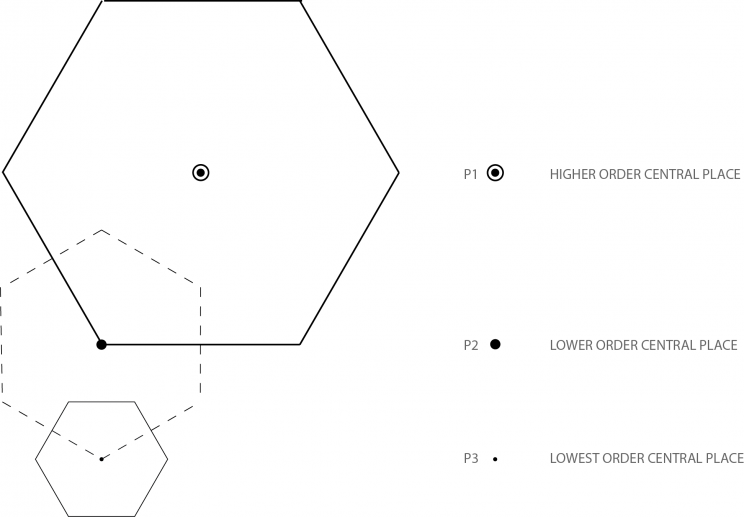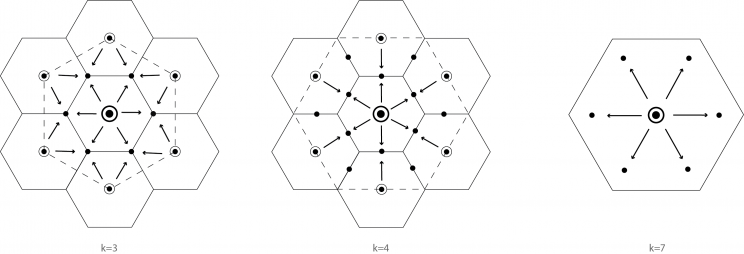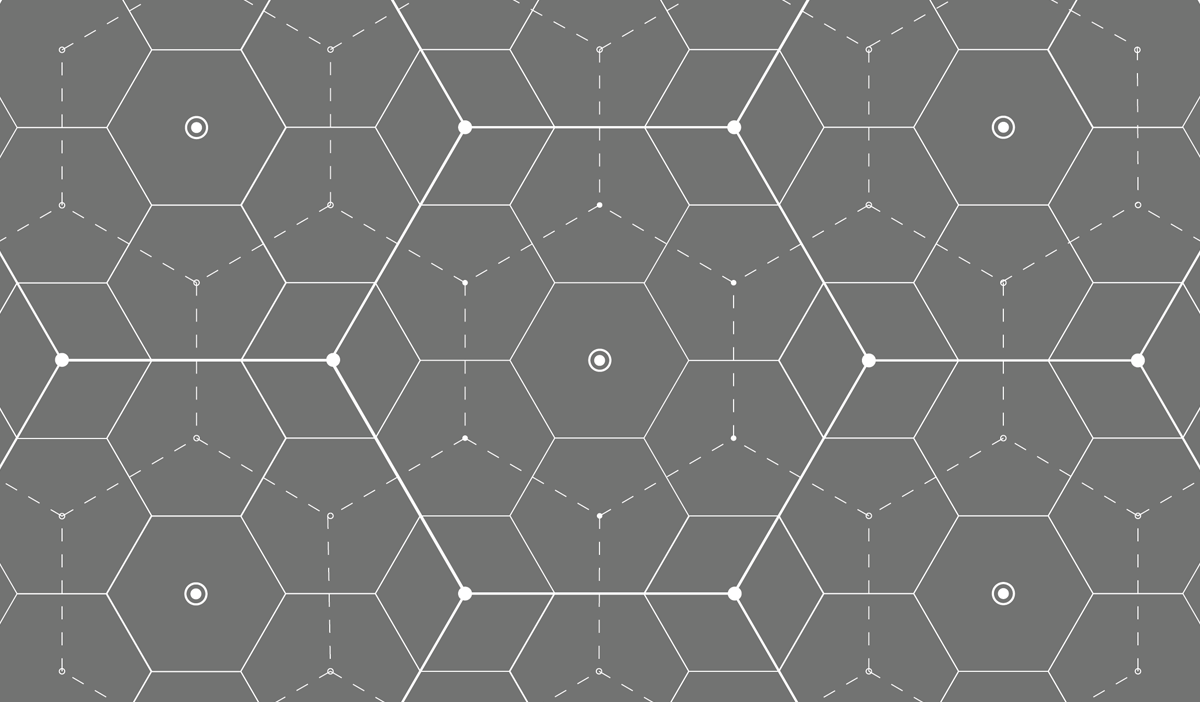Is there still a place for the Central Place?
Student research project written for the course ‘Urban Concepts (7W265)’ part the master Urban Design and Planning at the Eindhoven University of Technology.
The paper investigates to what extend the Central Place Theory (Walter Christaller, 1893–1969) developed in 1933 is still relevant in the 21st century and see how the map of Eindhoven could look like if it was developed in that way.

The Central Place Theory is based on two key variables: (1) the being maximum distance people are willing to travel to buy the good (the range), in other words the economic distance. And (2) the minimum level of business required to be viable (the threshold). The CPT combines these two variables in a hexagonal distribution of suppliers, reflecting the theoretically most efficient geometrical design. These hexagons are then hierarchically ordered, creating a structure of different focal points of economic activity. Although much the model is much criticized it the results show that the model still serves a certain value.

The second part of the research was to apply the theory to Eindhoven. The analysis showed that applying the model 1:1 has severe spatial and social implications. Furthermore these implications often conflict with the current policy employed by the city.
It is argued that internet shopping in the 21st century shows certain similarities with the Central Place Theory. The unlimited boundaries of the internet can take away certain limitations of the CPT for which people previously easily disregarded the theory.
Location: Eindhoven, The Netherlands
Date: June 2015
Project type: Master course
Institute: Eindhoven University of Technology
Link to the publication
